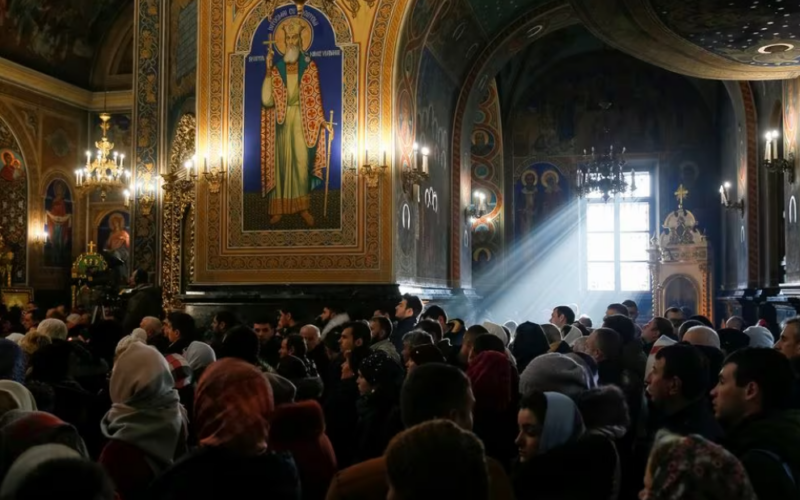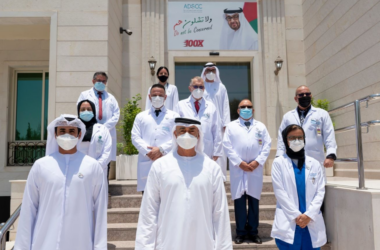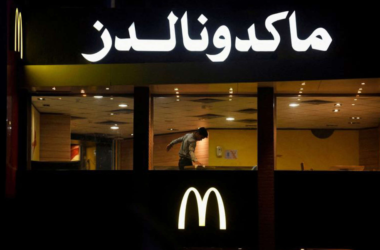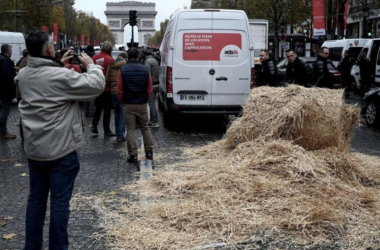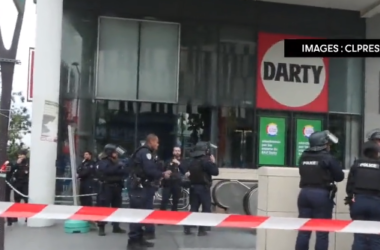As the Christmas season unfolds in Moldova, a country with a diverse religious landscape, the atmosphere is marred by conflicts and rivalries among parishioners. The convergence of religious identities and geopolitical influences has given rise to tensions that manifest during this festive period, presenting a unique and complex picture of the challenges faced by Moldova’s communities during the holidays.
The Christmas spirit, traditionally associated with peace and goodwill, takes on a different hue in Moldova, where the coexistence of multiple religious traditions and historical influences contributes to an environment of conflict and rivalry among parishioners. The diversity of religious affiliations, including Orthodox Christianity, Catholicism, and other denominations, amplifies the complexities of celebrating Christmas in a country grappling with identity and geopolitical influences.
From a journalistic perspective, the coverage of Moldova’s Christmas season offers an opportunity to explore the intricate interplay of religious, cultural, and geopolitical factors that contribute to conflicts among parishioners. Interviews with religious leaders, community members, and experts in Moldovan history and politics can provide insights into the root causes of these tensions and the potential impacts on social cohesion.
The Orthodox Christian majority in Moldova observes Christmas according to the Julian calendar, with celebrations culminating in early January. However, the presence of Catholic and Protestant communities in the country, each adhering to the Gregorian calendar, introduces variations in the timing of Christmas festivities. This temporal misalignment, rather than fostering unity, has at times become a source of contention and rivalry among parishioners.
The geopolitical context further complicates the Christmas season in Moldova. The country, situated at the crossroads of Eastern Europe, has historically been subject to influences from both Western and Eastern powers. This geopolitical tension is reflected in religious affiliations, with some communities aligning themselves with the Russian Orthodox Church and others with the Romanian Orthodox Church, reflecting broader debates about national identity and geopolitical orientation.
The conflicts and rivalries among parishioners during the Christmas season also underscore the broader challenges of navigating identity in Moldova, a nation that has experienced periods of foreign rule and geopolitical shifts. The coexistence of diverse religious traditions within the same cultural and historical context raises questions about the complexities of building a shared national identity that embraces the country’s rich diversity.
As Moldova grapples with internal divisions, the Christmas season becomes a microcosm of the broader challenges facing the nation. The tensions among parishioners reflect the need for nuanced dialogue, understanding, and efforts to bridge divides, fostering a sense of unity amid diversity.
In conclusion, Moldova’s Christmas season unfolds against a backdrop of conflicts and rivalries among parishioners, highlighting the intricate interplay of religious, cultural, and geopolitical influences. The temporal differences in Christmas observances and the historical ties to both Western and Eastern traditions contribute to a complex tapestry of identity and tensions. As Moldova navigates the challenges of celebrating Christmas in a diverse religious landscape, the conflicts among parishioners become a reflection of the broader journey toward national cohesion and the complexities of embracing diversity within a historically rich but divided context.




